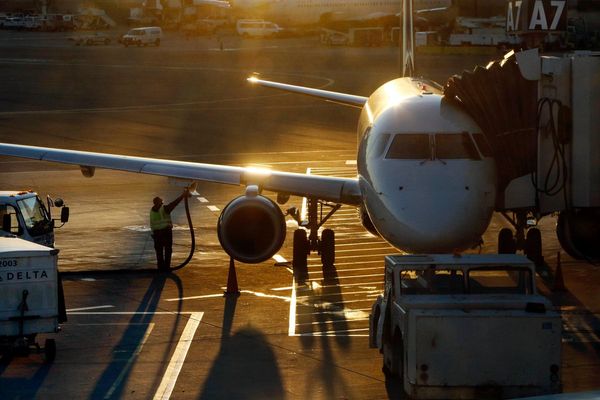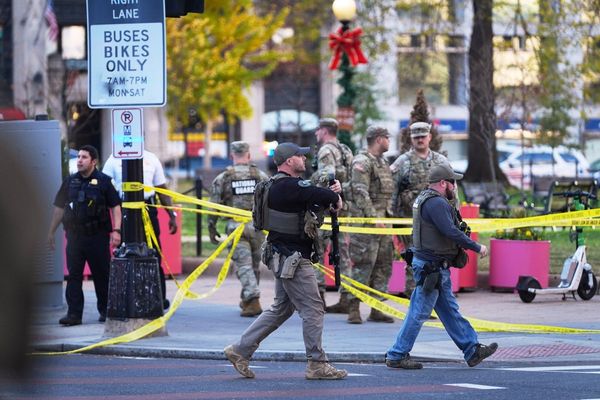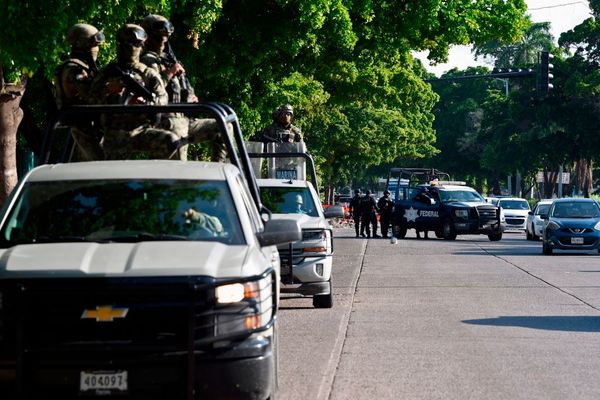Typhoon Kalmaegi killed at least five people as it made landfall in Vietnam on Thursday, barrelling in from the Philippines, where it had caused 188 deaths and widespread destruction.
One of the strongest storms on record to hit Vietnam, Kalmaegi brought torrential rains and destructive winds that uprooted trees, damaged homes and left more than 1.6 million households without power.
Although the typhoon weakened as it moved inland, authorities in the Southeast Asian country warned of continuing heavy rainfall of up to 200mm in central provinces, from Thanh Hoa to Quang Tri.
The five deaths occurred in Gia Lai and Dak Lak provinces, while three fishermen were reported missing after their boat was swept away by strong waves on Ly Son, an island in the Quang Ngai province.
A search operation was launched but later suspended due to worsening weather, state media said.

Authorities said nearly 537,000 people were evacuated, many by boat, as floodwaters rose and landslides loomed. Vietnam was already reeling from record rainfall that triggered massive flooding and killed 40 people.
As the typhoon arrived, at least 50 flights were cancelled or delayed across eight airports on Thursday and Friday, aviation authorities said.
As floodwaters receded, recovery work started in battered towns and industrial zones, with residents joining local officials in clearing debris and repairing roofs across central Vietnam.
An unusually strong storm for the region in November, Kalmaegi packed sustained winds of about 183kmph with gusts reaching up to 220kmph as it approached Vietnam over the South China Sea.
Waves up to 3m high hit the coast in cities like Danang and strong winds uprooted trees in Dak Lak province. Many homes in Quy Nhon, another coastal city, were left without power for hours.
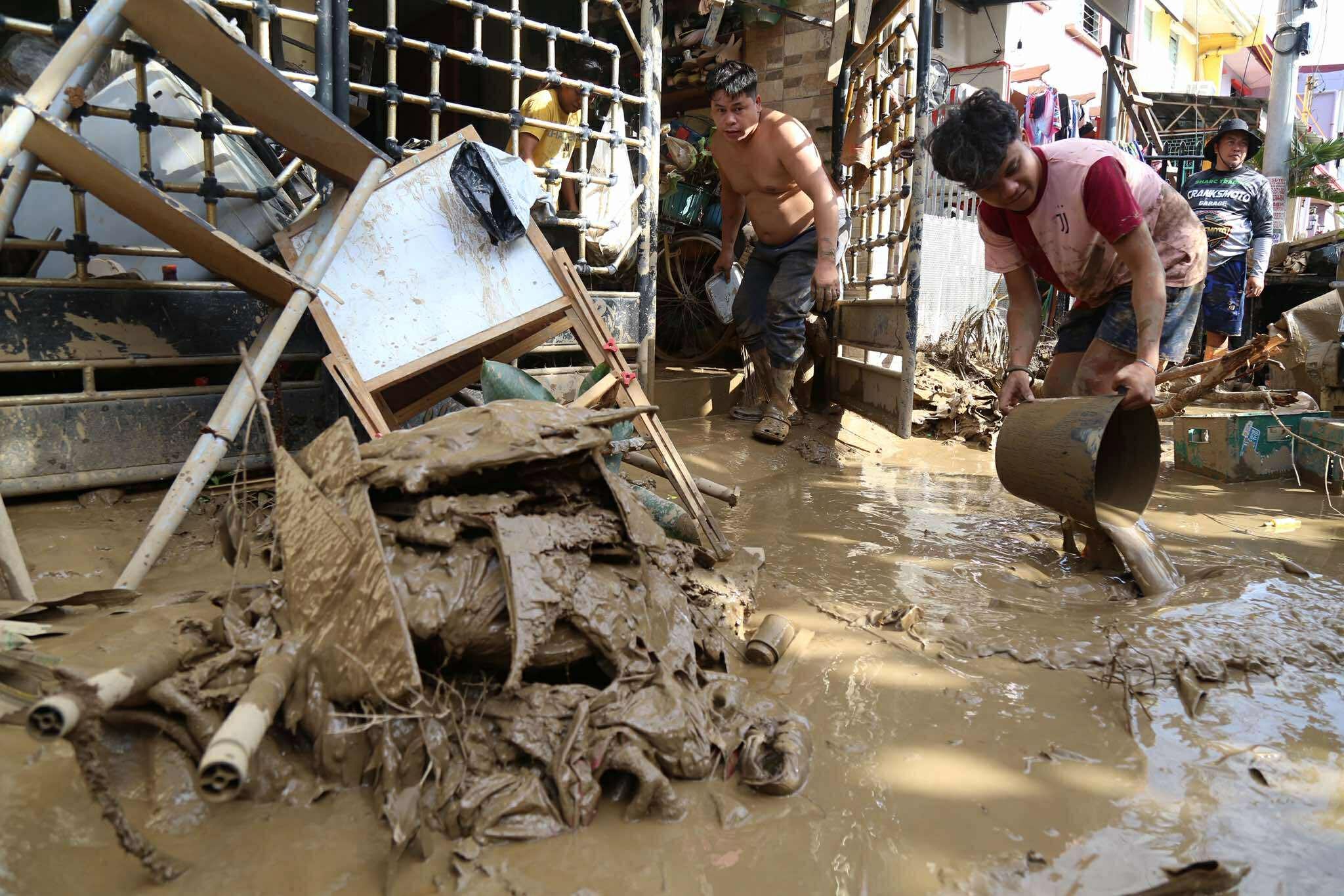
The Vietnamese government said it had mobilised over 268,000 soldiers for search and rescue operations and warned of potential floods in low-lying areas, which could affect agriculture in the Central Highlands, the country’s main coffee-growing region.
In the Philippines, the typhoon left at least 188 people dead and 135 missing in the deadliest natural disaster to hit the country this year. The central province of Cebu was the hardest-hit, recording 139 deaths.
Krizza Espra lost her husband and three children when the roof they were sheltering on collapsed.
"I hope someone can help speed up the search for their bodies before they decompose, we hope we can still recognise them," she said.
She said four other members of her family, including her mother and aunt, remained missing.

Kalmaegi displaced more than 560,000 villagers in the Philippines, including nearly 450,000 who were evacuated to emergency shelters, according to the civil defence.
More than 318,000 of them were still in evacuation shelters.
President Ferdinand Marcos Jr declared a state of national emergency on Thursday as another potentially powerful typhoon was expected to slam into the western coast on Sunday night.
"We suffered many deaths, it was very grave," Mr Marcos said on Thursday of Kalmaegi's deadly aftermath.
“The biggest problem that we're seeing is, we have to think who and how many of the personnel now handling government relief and support in the central Visayas region can be shifted to prepare for Uwan.”
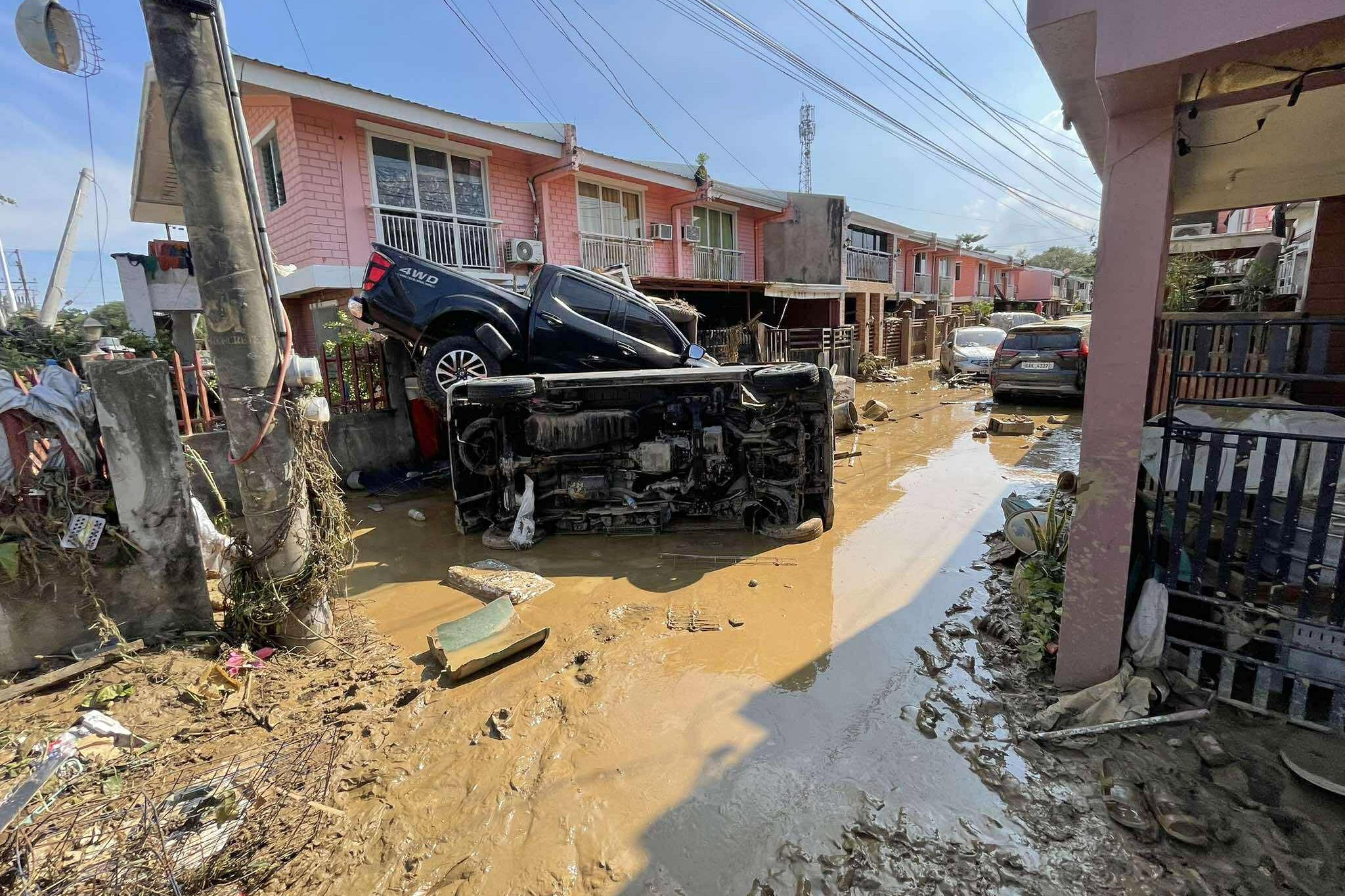
The next approaching storm, Fung-wong, was growing as it barrelled towards the Philippines over the Pacific.
State forecasters said Fung-wong, locally known as Uwan, could grow to an estimated 1,400km in diameter before it made landfall in northern Aurora province or nearby regions.
They warned that it could hit the densely populated area around the capital Manila as well.
Kalmaegi is expected to move through Laos and hit northeast Thailand on Friday afternoon.
Thailand's weather agency advised people to be cautious of heavy to very heavy rainfall that could lead to flash floods or river overflows.
In Laos, the weather bureau issued a nationwide warning as the typhoon was expected to bring moderate to heavy rainfall across central and southern parts of the country.
Vietnam is hit by nearly a dozen storms annually and is enduring a relentless series this year as well. Typhoon Ragasa dumped torrential rain in late September and then Bualoi and Matmo together left more than 85 people dead or missing and caused an estimated £990m in damage.
Scientists warn that a warming climate is intensifying storms and rainfall across Southeast Asia, making floods and typhoons increasingly destructive and frequent.
